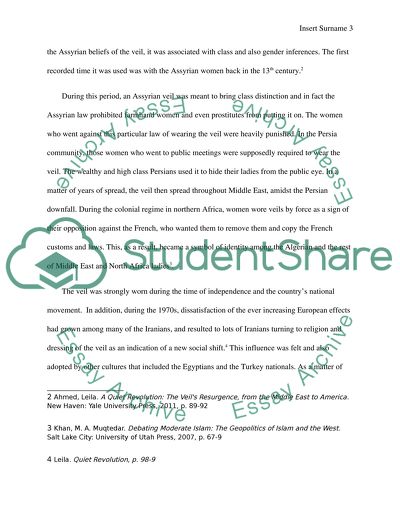Cite this document
(“Dress is a marker of national identity; discuss in relation to Coursework”, n.d.)
Dress is a marker of national identity; discuss in relation to Coursework. Retrieved from https://studentshare.org/social-science/1689182-dress-is-a-marker-of-national-identity-discuss-in-relation-to-specific-dress-codes-and-their-contexts-such-as-the-veil-and-its-history
Dress is a marker of national identity; discuss in relation to Coursework. Retrieved from https://studentshare.org/social-science/1689182-dress-is-a-marker-of-national-identity-discuss-in-relation-to-specific-dress-codes-and-their-contexts-such-as-the-veil-and-its-history
(Dress Is a Marker of National Identity; Discuss in Relation to Coursework)
Dress Is a Marker of National Identity; Discuss in Relation to Coursework. https://studentshare.org/social-science/1689182-dress-is-a-marker-of-national-identity-discuss-in-relation-to-specific-dress-codes-and-their-contexts-such-as-the-veil-and-its-history.
Dress Is a Marker of National Identity; Discuss in Relation to Coursework. https://studentshare.org/social-science/1689182-dress-is-a-marker-of-national-identity-discuss-in-relation-to-specific-dress-codes-and-their-contexts-such-as-the-veil-and-its-history.
“Dress Is a Marker of National Identity; Discuss in Relation to Coursework”, n.d. https://studentshare.org/social-science/1689182-dress-is-a-marker-of-national-identity-discuss-in-relation-to-specific-dress-codes-and-their-contexts-such-as-the-veil-and-its-history.


